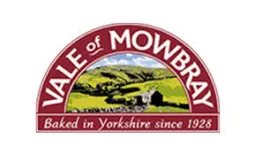

Penetration resistance testing involves the insertion of a probe into a material to a known depth.
This can determine the change of state of a material that cures or sets. It can also characterise the texture of a material (e.g. food, pharmaceutical preparation or cosmetic) whose firmness is a measure of its quality.
Ball and cone probes are typically used for gels or viscous materials, needle probes for elastomeric pharmaceutical stoppers, whilst broader radiused probes are used for cement and wet concrete.
Puncture resistance testing involves using a pointed probe to stretch a material until it pierces and tears.
Puncture resistance measures the:
Puncture testing is therefore just as important for medical devices such as hypodermic and suturing needles, as it is for silicone-stopped vials, and sharps containers.
Puncture testing at higher test speeds is typically used for sharps, and for protective clothing such as gloves, stab vests, and fabrics for inflation.
Slow puncture testing employs a radiused probe under load, applied more slowly, and is important for materials such as foils and films, construction membranes or geotextiles.
Featured or equivalent test standards for Mecmesin solutions in this section
